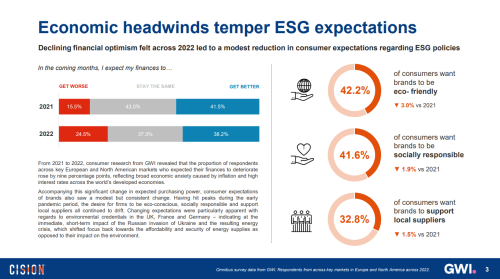The IR efforts supporting the sale of Mobil's plastics division to Tenneco
Different strokes for different folks. That's as true in corporate restructurings as it is in sex. Companies, including those involved in the same deals, often have different priorities in handling acquisitions and divestitures.
So it was in the case of Mobil Corp's $1.27 bn sale of its plastics division to Tenneco. While Tenneco focused on 'selling' the deal to its big investors and sell-side analysts, Mobil's primary concern was to ensure that the unit did not lose value or key people during
You need to register to access 3 free deep dive articles per month. To continue reading please register or login below..
- Unlimited deep dives
- Data-driven research around key topics
- Buy-side insights
- Benchmarking reports
From
$1495










